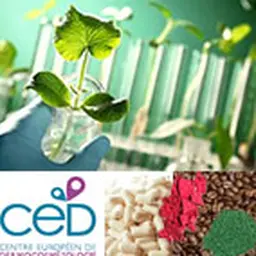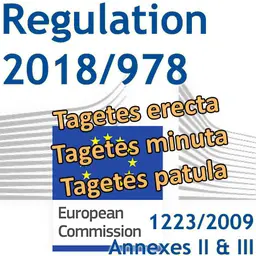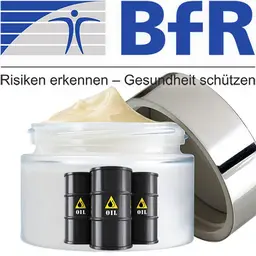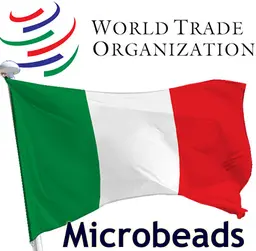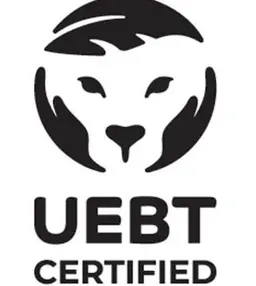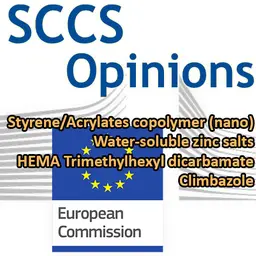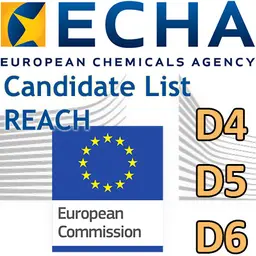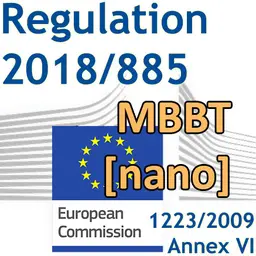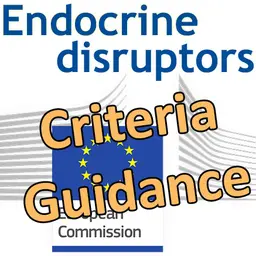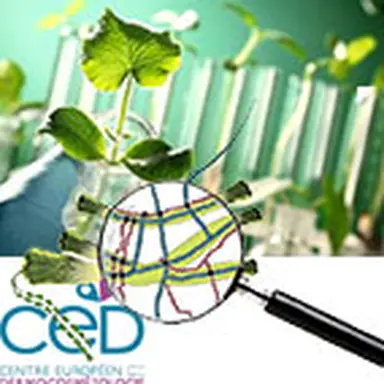
To keep up with market needs and trends, the cosmetics industry is always seeking new, ‘greener’, more sustainable solvents compatible with the various regulations in force around the world, possibly more efficient, and available at a reasonable cost. Two innovative processes were introduced at the 27th European Dermocosmetology Days held by the CED (European Centre of Dermocosmetology) in Lyon, France, in May 2015: enzyme-assisted aqueous extraction and NaDES solvents.
Of course, the cosmetics industry already has
supercritical CO₂
, which meets numerous market requirements, as it is sustainable, non-toxic, non-inflammable, stable, colourless, odourless, efficient… But even this process has its own limits, in particular in the field of polar compounds or materials with high water content (see our article on this issue).
It is time for innovation in this search for the ideal solvent to extract raw materials from plants.
Enzyme-assisted aqueous extraction
Lionel Muniglia, lecturer at Université de Lorraine, in the East of France, came to present the process developed by his company, Biolie.
He described it as
'an innovative process, respectful of the environment, based on the plant biorefinery by enzymatic aqueous extraction, energy efficient (low temperatures), using only water as extraction medium. A gentle process that allows the preservation of the intrinsic qualities of the products whose potential is revealed through directed hydrolysis of raw materials components.'
Then, he added it makes it possible to exploit all the components in a plant and make every single fraction of it valuable, it has a good quality/price ratio, and it is compatible with the requirements of Chinese regulations, as it applies to plants that are already known and …

